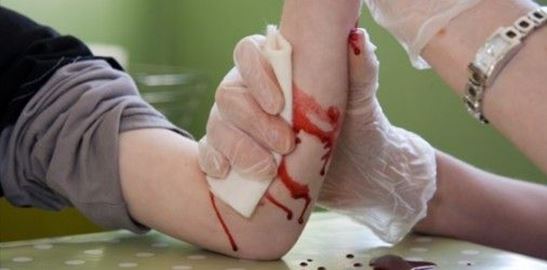4 Unconventional Uses For Mustard
A single teaspoon of yellow mustard seeds packs about 85mg of omega 3 fats (the good type of fat), 25mg of potassium (K), 29mg of phosphorus (P), 18mg of calcium (Ca) and about 10mg of magnesium (Mg). With so many beneficial elements, no wonder people have been consuming it since antiquity. The French monks used a mustard-based paste, which was used in treating many ailments: it was used for back pain and muscular relief, for toothaches, as digestive stimulant, for improving blood circulation and clearing up the sinuses.

